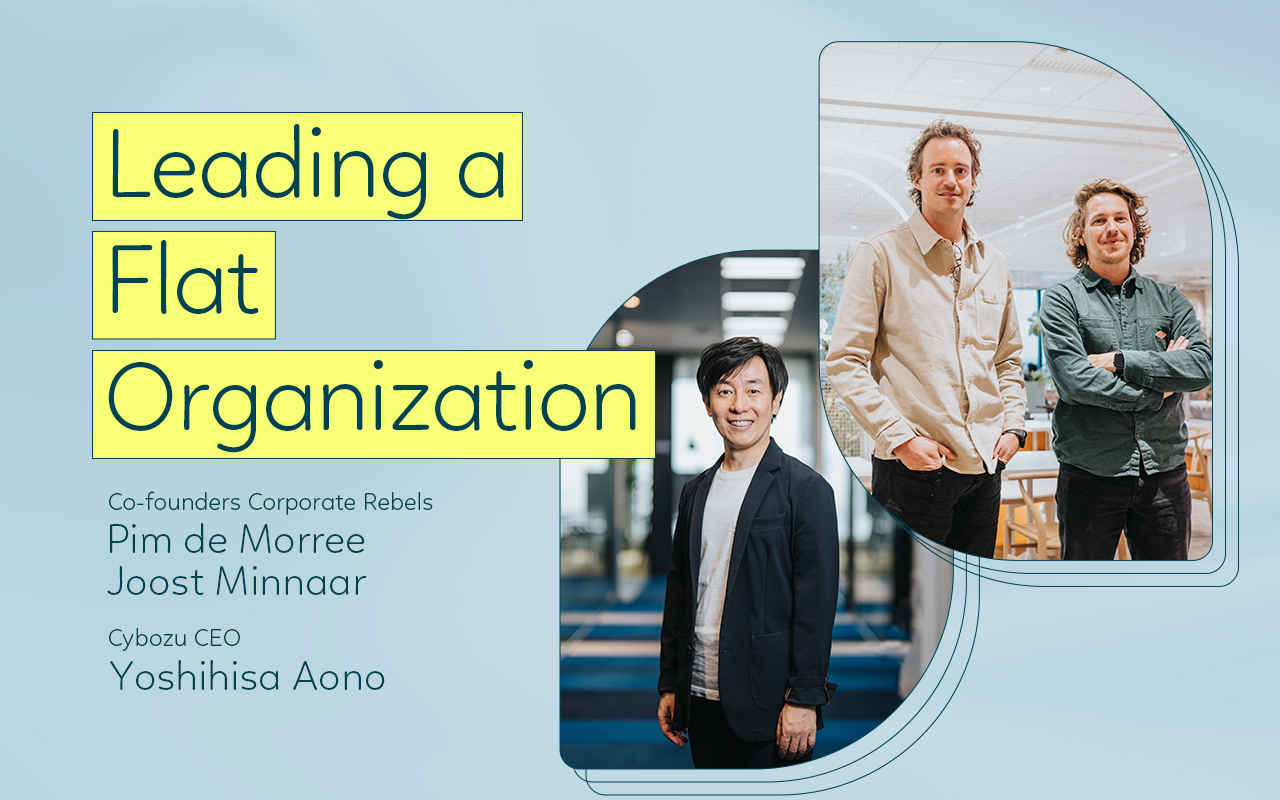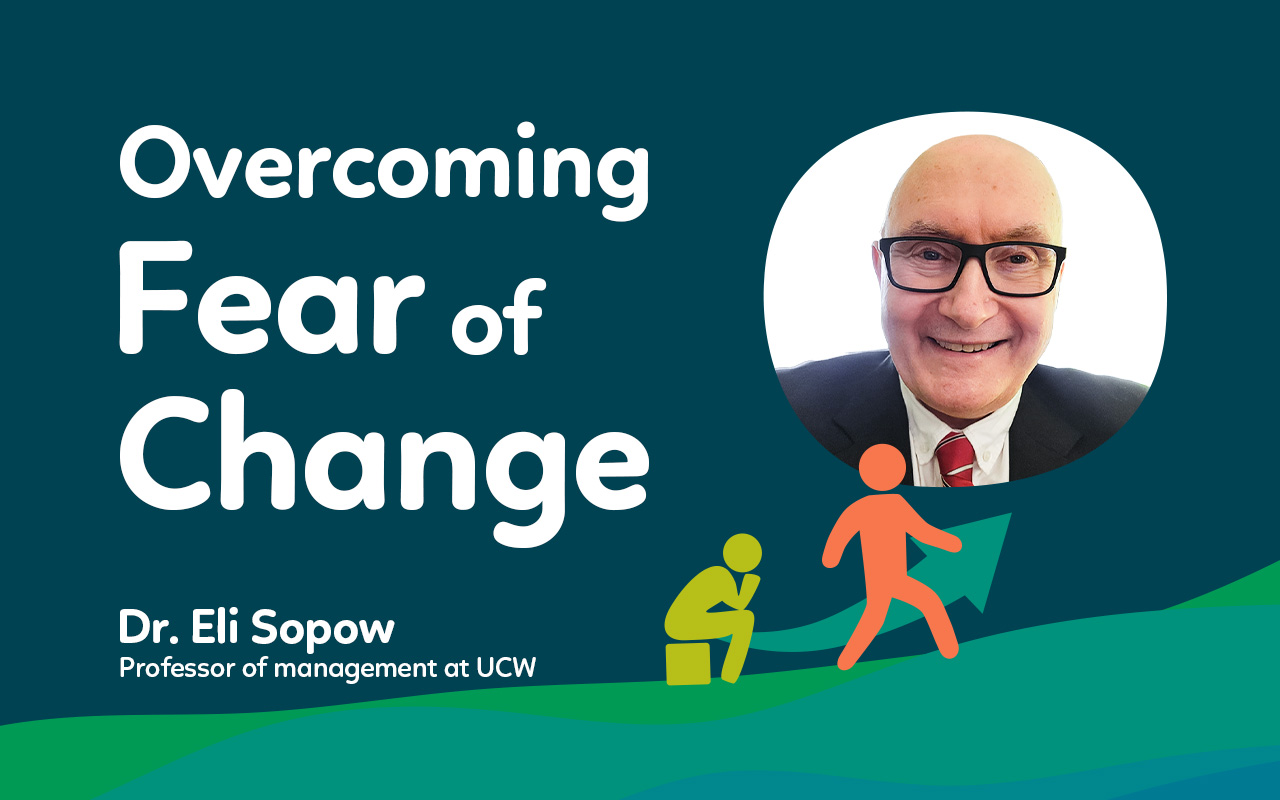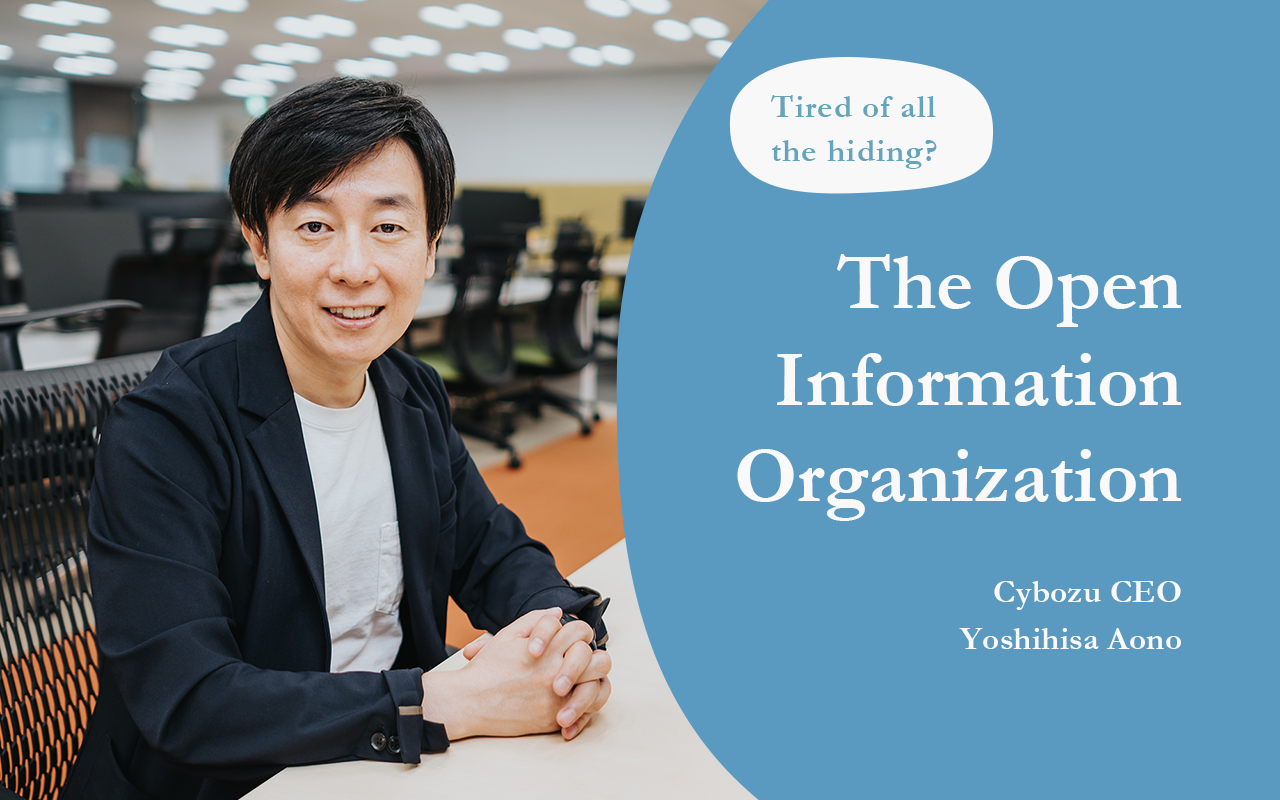Adapting to a Complex World: Lessons on Organization from a U.S. General (Part 1)
A discussion with former U.S. Army General Stanley McChrystal
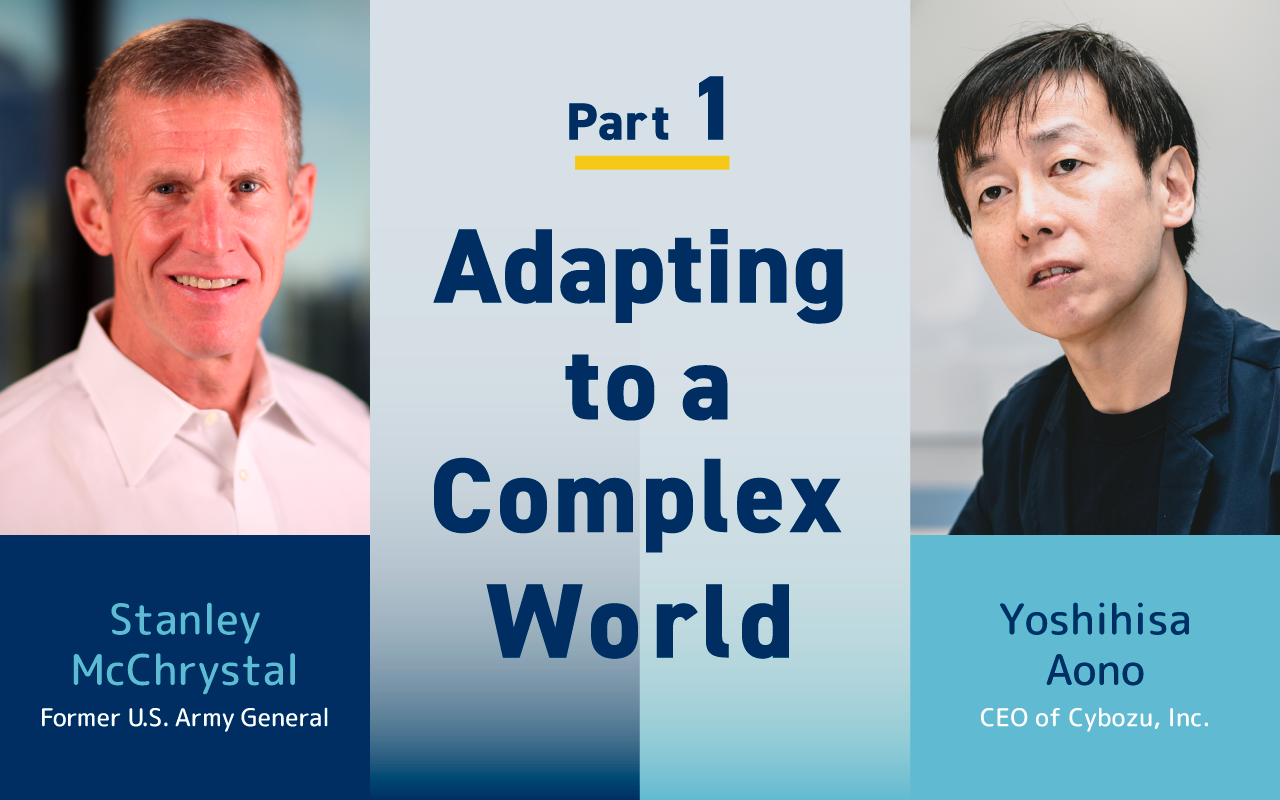
For most people, new technology is synonymous with ease and convenience. But for those in charge of protecting us, it's a double-edged sword—providing new tools to deal with threats, while at the same time making the world more complex and interconnected.
Long gone are the days when well-organized armies fought along clearly-defined front lines. In modern warfare, the enemy is constantly changing, unpredictable by design, using chaos to its advantage.
How can a traditional army fight such an evasive and erratic enemy? According to retired United States Army General Stanley McChrystal, the short answer is that it can't. General McChrystal led the fight against Al Qaeda in Iraq from 2003 to 2008, and a series of painful losses taught him that organizational reform and adaptability aren't just lofty goals—they're essential to winning wars.
Cybozu CEO Yoshihisa Aono got in touch with General McChrystal to discuss how technology is making societies more complex than ever, the changes that the U.S. Army had to go through to win against Al Qaeda, and the lessons all organizations should learn in order to survive in this brave new world.
New management for a different kind of warfare
Yoshihisa: In your book, Team of Teams, you talk extensively about the importance of technology for organizational reform. How did new technology help you reform the U.S. military?
Stan: The march of technology gave us the ability to create a human connection from a force that was geographically dispersed across 27 countries. It allowed us to take geographically separated elements and connect them in ways we never could have before.
Traditionally, in the military we had a strong culture that emphasized the small unit team. You trusted the people you dealt with, and you didn't deal with people outside those circles of trust. But when we had the ability to connect people using technology—particularly video teleconference technology, which back in 2003 was nothing like it is today—we became able to share best practices.
It's one thing to read about the experiences of those doing similar work to what you're doing, it's another to get to see those people. You develop an understanding and an empathy for them that I don't think you could in any other way. You have to either be in the room, or at least be able to see the room to create that human connection.
Yoshihisa: Was access to new communication technology the reason you decided to change your organizational structure?
Stan: I wish that were the case, but it wasn't. The reason we changed was that we were losing the war. Our organizational structure was too slow, too rigid and not suited for dealing with this new and complex adversary. Had we not been losing, I don't think we could or would have changed.
As we started to change, what we found was that one of the strongest tools we had was connectivity, thanks to the internet. I want to emphasize that we had connectivity before we changed too, but only when we started using video and learned to lead differently did we turn the tide against Al Qaeda in Iraq.
Those lessons go beyond the military. Take this interview: If you'd sent me an email and I'd sent you answers, that would be one thing. But the fact that I can see your faces, I can see how you're responding to what I say, I can get a sense for when you understand and when you have a question—that raises our connection to a much higher level. It's the next best thing to being in the same room.

A retired four-star general, Stanley McChrystal is the former commander of U.S. and International Security Assistance Forces (ISAF) Afghanistan and the former commander of the Joint Special Operations Command (JSOC).
In 2011, after retiring from the military, General McChrystal founded the McChrystal Group, advising senior executives at multinational corporations on navigating complex change and building stronger teams. He is also a senior fellow at Yale University's Jackson Institute for Global Affairs, where he teaches a course on leadership. General McChrystal is the author of several books on leadership, including New York Times bestseller Team of Teams: New Rules of Engagement for a Complex World
Yoshihisa: How was Al Qaeda in Iraq using these new technologies? Were they effective?
Stan: It's interesting; traditionally, terrorist organizations are very conservative in the way they operate. They have tight information security, strong chains of command, a powerful founder, and so on. In some ways, a terrorist organization is a little bit like a startup company.
The original Al Qaeda in Pakistan was founded in 1988 and had a pyramid-shaped hierarchy, just like General Motors or Toyota. But Al Qaeda in Iraq emerged in 2003, and what had happened in those 15 years is that information technology was in everybody's lives.
As a result, Al Qaeda in Iraq emerged with its own unique DNA. The terrorists were using the internet and cell phones in their personal lives, so they naturally started using them in their terrorist lives. I don't think they planned it—it was just a reality.
Because of that, they became far more flexible, far more adaptable and much faster than anything we'd ever fought before.
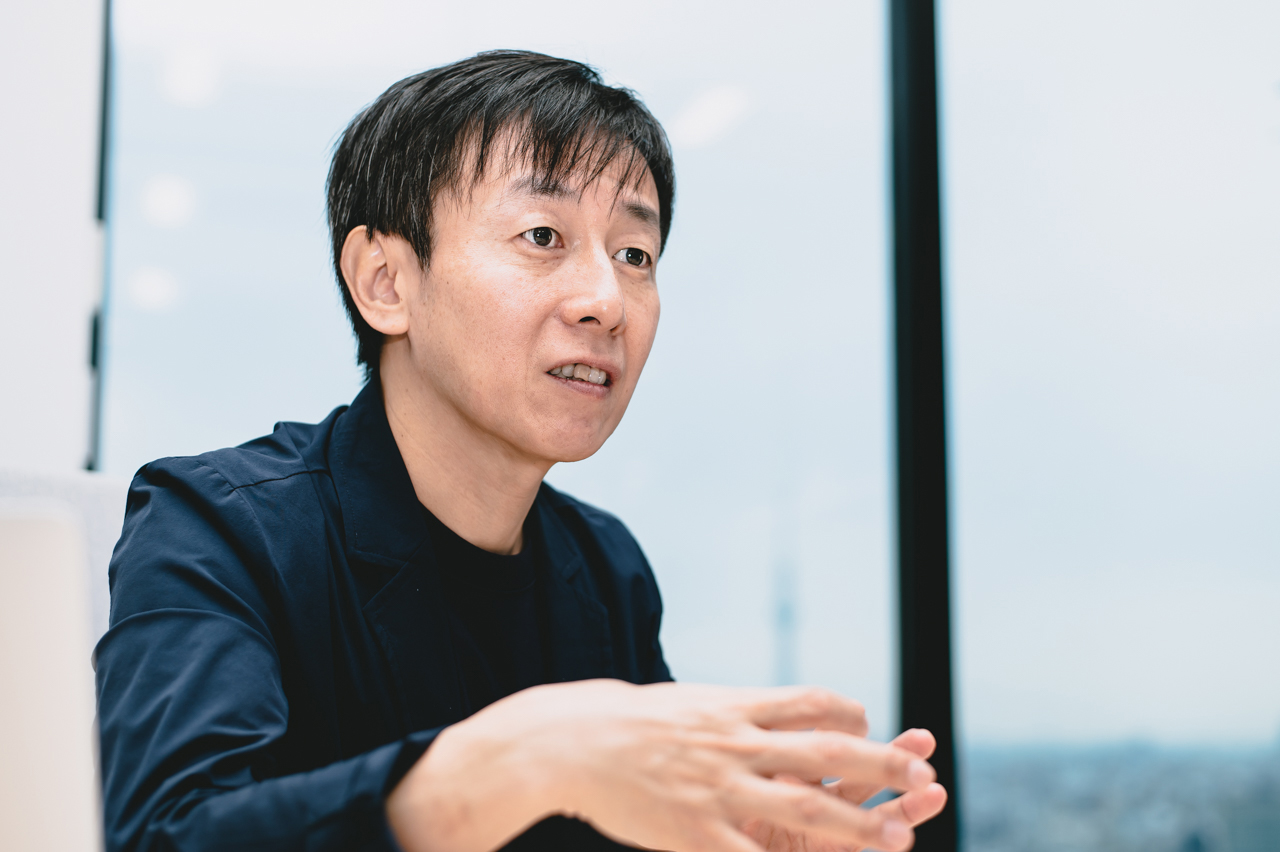
Yoshihisa Aono was born in 1971. After graduating from the Information Systems Engineering Division of the School of Engineering at Osaka University, he joined Matsushita Denkou (currently Panasonic). In August 1997 he co-founded Cybozu, and in April 2005 he was appointed CEO. Yoshihisa spearheaded the company's workstyle reform, as well as its transition toward cloud-based products in 2011. He is the author of several books on teamwork and happiness at work.
Complex versus complicated
Yoshihisa: In your book, you also talk at length about the difference between a complex system and a complicated system. What's the difference?
Stan: The distinction is based on a model called the Cynefin framework, which divides contexts into four main categories.
The first is the obvious state. Think of what the economy was like for our grandparents, where firms made the same product over a long period of time, kept selling it and it didn't change.
A complicated system is the next level—which is what we all grew up with. A complicated problem will require you to study it, but ultimately you can break it down into its parts and you can understand it. Think of a complicated machine like an automobile. It's complicated to make, but once you've understood and made it, you put the key in or press a button and it does the same thing every time.
Beyond that, we have complex systems, which are impossible to predict. There are more variables that change at greater speed. When you turn the key or push a button, you don't know what's going to happen. In a complex system, since you can't make predictions, the only way to understand what's happening is to look at it after the fact.
The model also talks about the chaotic state, where there is no clear cause and effect, but we can't really do much about that. I think complex systems are where the world is going.
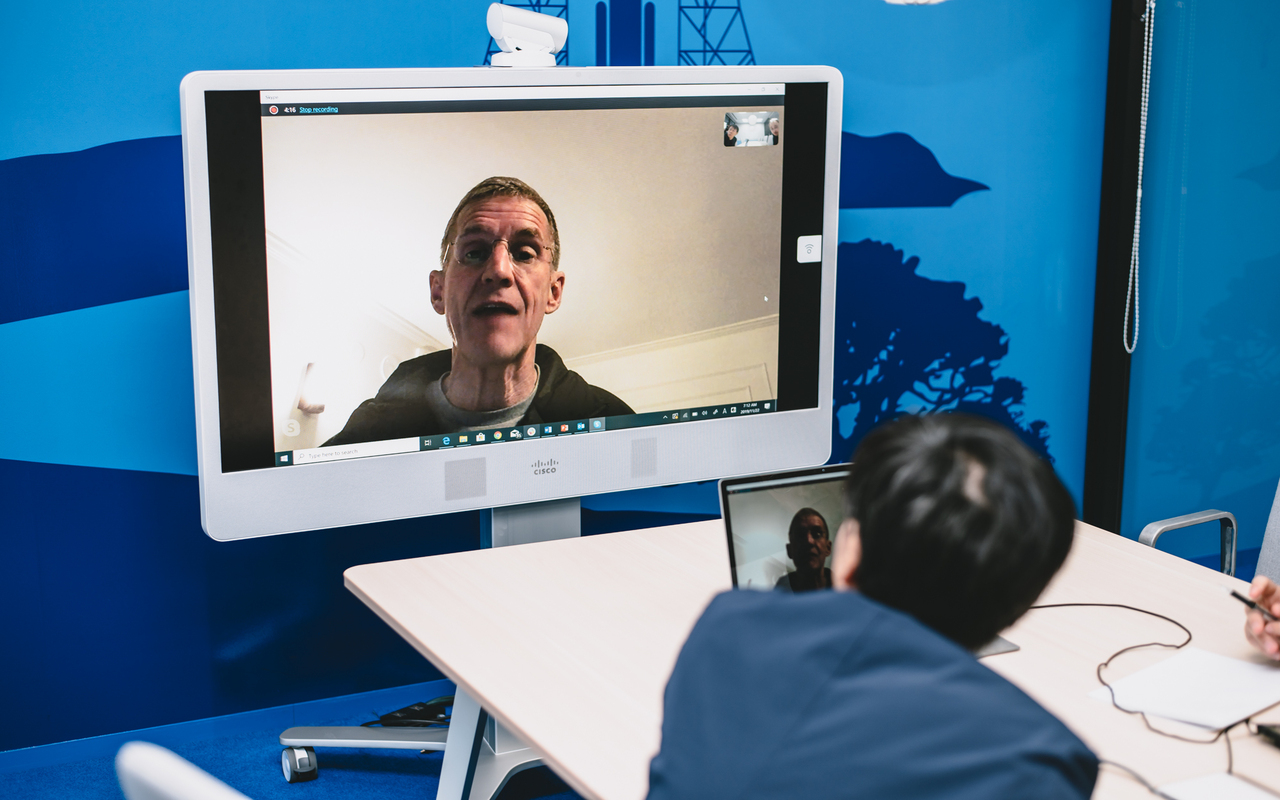
Yoshihisa: If we move toward a world with more complex systems, what implications will that have for the way we create organizations to solve problems?
Stan: The implication is that, in the days of complicated systems, like the Industrial Age, you could solve a complicated problem by creating a complicated organization run by experts.
In a complex environment, you can't create a complicated organization to solve the problem because the problem is always changing. Instead, you have to build an adaptable organization that constantly adapts to the problem as it now is. And that's frustrating for people. I was trained as an engineer, so I'm very aware of how frustrating it is to have the right answer change. But that's the nature of complex systems.
A practical example would be if you think about a consumer packaged goods company that makes a lot of products. Those corporations used to have a few major competitors, and to win they had to be more efficient and thoughtful than their competition.
Nowadays, the nature of competition has changed. Like a school of piranha, you have 10,000 small startup companies, each of which just want to take a small piece of the market. 9,000 of them are going to fail, for various reasons. But 1,000 will successfully operate, and they won't operate in a coordinated fashion. They don't call each other and coordinate.
What happens is that they're all trying to get a part of the big company's market, so they each take a bite. That leaves the consumer packaged goods company with only its low margin products that haven't been bitten off.
The effects felt by that company are the same as if it had been competing against another big firm, except it's much harder to fight because the attack is coming from 1,000 different directions.

Yoshihisa: Does that mean that to survive in the knowledge economy, traditional makers have to adapt to these complex environments?
Stan: Absolutely, and this is a case where size or scale can be a disadvantage. Traditional large companies build factories and train people to work a certain way, to solve a certain problem. Changing very rapidly is physically and culturally difficult for them, because they created an environment that's efficient at solving a complicated problem, but not at adapting in a complex system.
Companies have to develop a new ability to be adaptable. And not just companies: I think this is true for militaries around the world, governments—almost every kind of organization.
A large organization fit for a complex world
Yoshihisa: You mentioned earlier that the military was used to having small teams operating in a very coordinated way. How did you manage to go from small team coordination to broad coordination throughout a very large organization? What was the transition process?
Stan: It was not easy, and it was not fast. Here's what happened.
The culture of the Joint Special Operations Command (JSOC), which I was in charge of, was based on very talented individuals in very tight, cohesive small teams. For the first 22 years of our history, the purpose of the broader organization was only to select which small team to use and send it out to do the mission.
Operations were essentially done by a small team, which was fine because most terrorist problems were limited in duration and size. So we really didn't understand the limitations we had. It was only when we started fighting Al Qaeda in Iraq—a larger organization that was connected digitally and whose members shared a common intent—that we really had to be synchronized. We were up against a complex threat.
Initially there was great resistance inside the organization. People didn't want to work with each other. They only trusted a small circle of people, so their initial request was "Give me a mission, tell me my part in it, and get out of my way."
In theory, that would work if there were an individual at the top smart enough to give everybody the perfect mission, and have everything fit together. But that's not the way the world works. We realized we needed to have the entire organization see the bigger mission.
We had to find a balance. I wanted to maintain the pride and the cohesion of the small teams, because individuals still had to identify with their small teams—that's where the excellence of the U.S. military came from. But they had to identify their individual missions with the larger mission of the organization.

Yoshihisa: How were you able to achieve that common sense of purpose?
Stan: We ended up doing a number of things. The first thing we did was every day, we talked about the big mission. We didn't incentivize or thank people for doing their small part. Instead, we thanked people for their focus on the big mission. To use a baseball analogy: I don't care what your batting average is, I only care what the score on the scoreboard is for the whole team.
People started to understand philosophically, because every day we focused them on the big mission, but then practically we also had to break down some barriers. Every day, we had a ninety-minute video teleconference with 7,500 participants. We saw what other people were doing and going through, we developed an appreciation and an empathy for them, and we learned from that experience.
Having those conferences brought us into a cultural connection. The next thing we did was, to push that connection further, we started taking members from different teams—our Delta Force, our SEALs, our Rangers—and we put them into what we call cross-functional teams. We would put commanders in charge of those teams, and the exchanges would last six months at a time.
I believe we don't like who we don't trust, and we don't trust who we don't know. That's true for nations, for religions—everything. Creating familiarity with people from every background helped us develop cultural understanding, build trust, and ultimately operate better.
The whole process took a long time. We were in combat every day, conducting missions every night. After 18 months, we were already a different organization. However, I stayed in command for five years and at the end of my term, we were still changing.
Yoshihisa: I'd like to go back to those daily meetings that you mentioned. You said that you had 7,500 participants on the line?! How do you manage that many people on a call? Was it only possible because all participants were trained with military discipline?
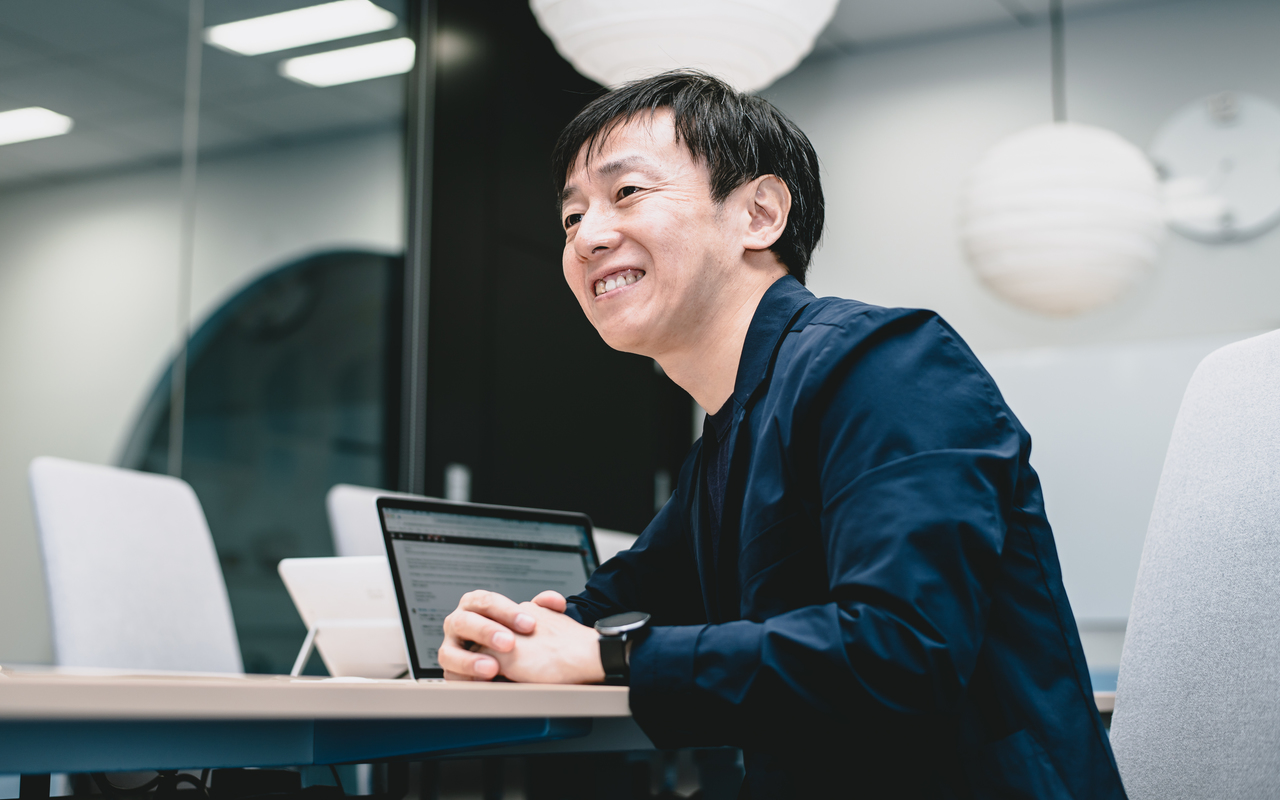
Stan: I think discipline is a part of it, but not everything. Here's what we did: First, we had a very set agenda. The call was ninety minutes long, but we knew what was going to be discussed.
Then, the purpose of the session was not to make decisions—it was to inform. We would talk about what had happened in the fight over the previous 24 hours. We would have a conversation across the command about what was planned, and what those plans meant for our daily operations.
Very few of the 7,500 people would actually talk. People could reach in and ask questions, but most people listened. However, we also ran 15 chat rooms during the call. All participants were on a computer, so if they wanted to ask a question or find information, they could use the chat. In other words, there was one major conversation, and then 15 minor conversations occurring simultaneously where people could get information about specifics.
I want to add that it was very important to display positive leadership during the call, because everybody was watching. People get frustrated in war, so the atmosphere can deteriorate very quickly. An important benefit of those calls was that a lot of people who never got to know me personally saw me every day, so I became a person to them. They could get a sense of what I was thinking, which led to us building a much more cohesive culture.
Now, I recommend companies do the same. Not every day and not 90 minutes, because those were unique circumstances. Most companies will do it once every week or every two weeks. If you set it up well, prepare it and orchestrate it, it can be hugely effective.
Yoshishisa: So part of creating a Team of Teams is to have a kind of conversation of conversations. I think that's very valuable advice! But if those sessions were informative, how were decisions made?
Stan: We determined that as long as everybody had a common contextual understanding of the situation and of what we were trying to do, teams could figure out for themselves what they needed to do.
Technology plays a major role in this. People down the chain of command can make and execute decisions. The beauty of technology is that we had the ability to watch everything, so nobody could get very far off track without other people seeing and saying something. Sometimes people would go a little bit off track, but never too far. It was a self-correcting mechanism.

Transparent organizations don't have to be flat
Yoshihisa: It seems to me that in the military, ranks and titles are very important. How did you manage to make the organization more flexible while still keeping these titles? Did everyone keep their title?
Stan: Yeah, everyone kept their title. We needed them to have that rank and responsibility.
Finding that flexibility was difficult. We have a pyramid-shaped hierarchy. I was at the top with other key leaders, and at the bottom junior people. And we wanted to share information up, down and across the organization.
Traditionally, information would go down from the boss to the subordinate, and then would come up the same way. That was slow, it wouldn't work. Also, the information would filter and get corrupted.
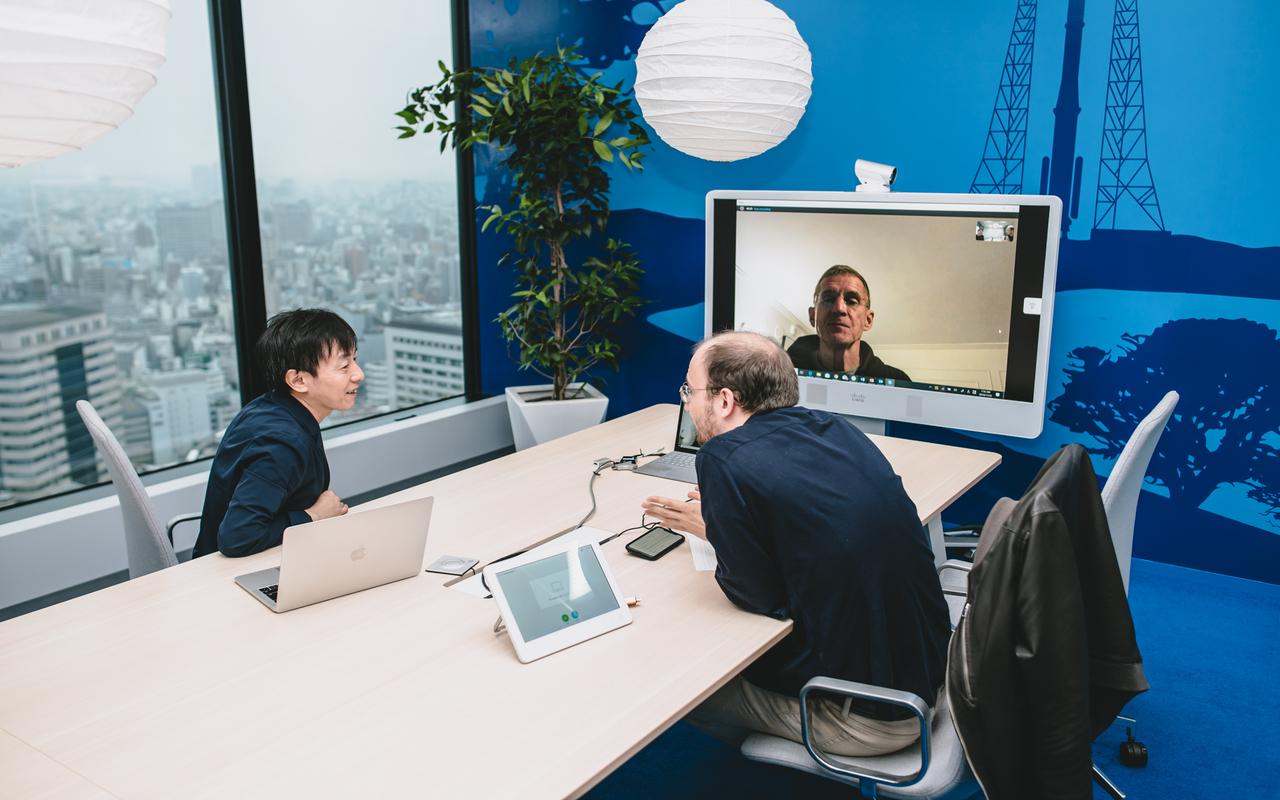
Stan: Instead, what we did is we said we're going to make information go straight, not make it go through people. The people at the top were OK with that, and the people at the bottom were OK with that. It was the people in the middle who felt very insecure. They came back and said, "How could you hold me responsible if I can't control the information?"
So the next step was to change expectations. For example, if somebody very junior said something to everybody in the chain of command at the same time—something the boss hadn't gotten to hear it first—we couldn't hold the boss responsible for that.
What I could do was hold them responsible for still being leaders, for still inspiring people, for still supervising. In that way we changed the expectations, and did so very openly, because those in the middle felt very insecure. It took some time for them to understand that transparency was not a threat to them.
Yoshihisa: So you didn't actually flatten your organization, you just made it more transparent while keeping the same hierarchy?
Stan: Yes, and this is an important point. Sometimes organizations will reorganize, flatten, but in reality nothing changes—people still operate the same way. Those at the top will think there was change when there wasn't. Plus you develop a lot of new problems when you reorganize and flatten things. I wanted to avoid that.
Another reason is that the traditional structure was very effective and efficient for certain tasks, like human resources, finances, logistics and so on. Since it really worked in those areas, there was no reason to change.
The structure didn't work for information sharing, and it didn't work for decision making. We had to push decision making down the pyramid. As a result, we kept the structure, but we changed the culture and processes for decision making and information sharing.
Check out part 2 at the link below:Article by Alex Steullet. Editing by Mina Samejima. Photographs by Dan Takahashi. General McChrystal's photographs are courtesy of the McChrystal Group. Special thanks to Cherylanne Anderson and the McChrystal Group for helping organize this interview.
Writer
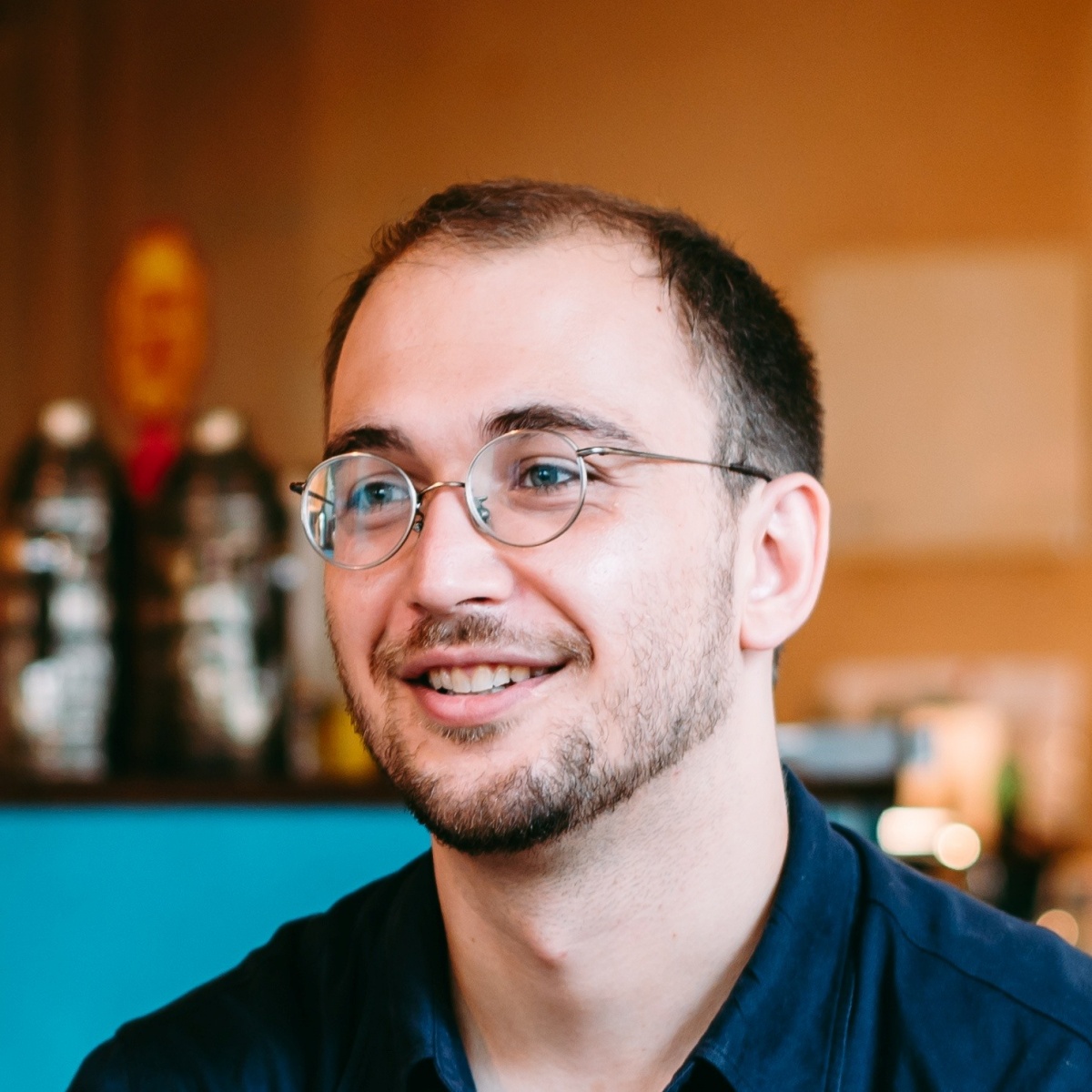
Alex Steullet
Alex is the editor in chief of Kintopia and part of the corporate branding department at Cybozu. He holds an LLM in Human Rights Law from the University of Nottingham and previously worked for the Swiss government.
Photographer
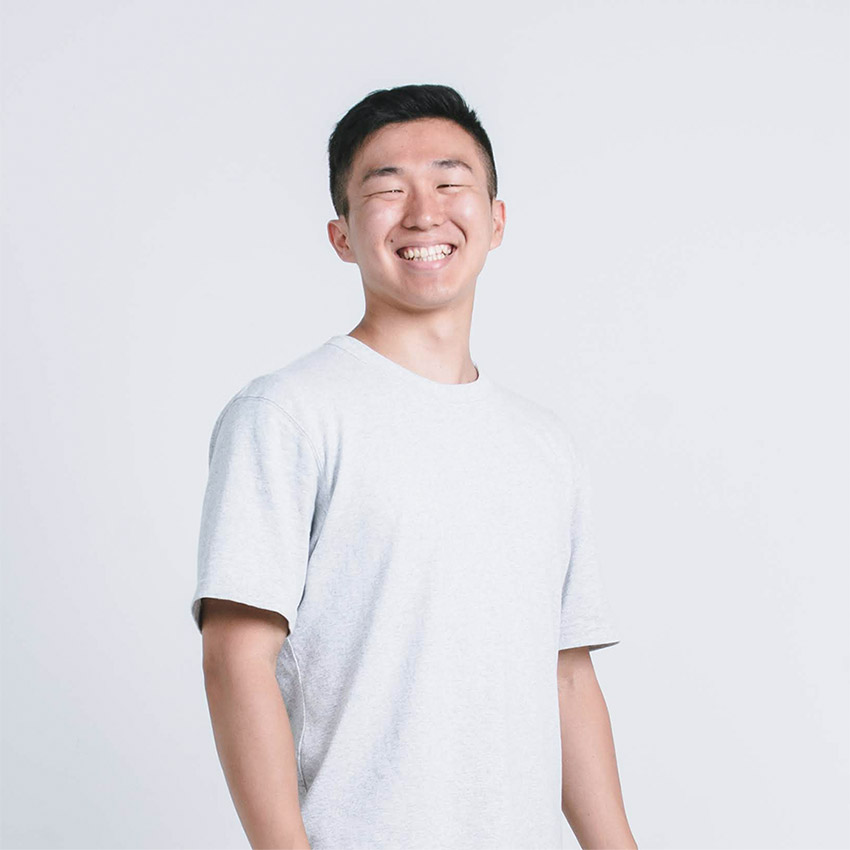
Dan Takahashi
Dan is an editor and photographer for Kintopia's Japanese twin website Cybozu-shiki. He is the most recent member to join the corporate branding department at Cybozu.

